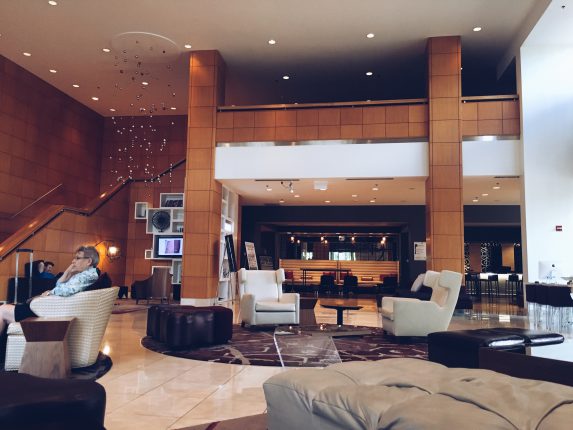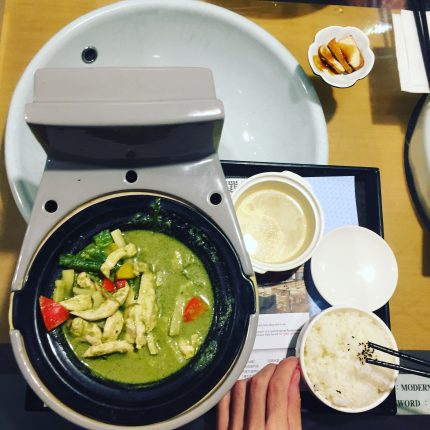Ireland | Get Ready for the Time of Your Life
- By GRACE HEART
- BUILD A BUCKET LIST
To make the most of your time abroad, definitely do some research on where you’re going. I used Yelp, TripAdvisor, Pinterest, and just general google searches to come up with a list of destinations and restaurants I wanted to explore. If you’re okay with average, a simple word doc will do, but if you really want to take advantage of your downtime, USE GOOGLE MY MAPS! My roommate introduced me to this fall quarter of freshman year when I was telling her about my Los Angeles Bucket list and trust me when I say this, making your bucket lists on Google My Maps will absolutely change your travel game. Most of you probably already have a google account. All you have to do is go to your Google Drive and create a new “Google My Maps.” This document will allow you to add destinations to the map and allowing you to essentially store your bucket list in the form of the map. Not only does this allow you to keep track of where you want to explore, but it enables you to plan the most efficient adventure days by planning around location. I created a “food” category as well as a “places” category so that if I’m just looking for a place to grab a bite to eat, I can filter by category. I’m not exaggerating when I say this: your travel planning will forever be changed by this feature. If you’re too busy (or just too lazy) to create your own bucket list, I’ll link mine below! It has over 100 places/restaurants to visit so hopefully I won’t see a dull moment while abroad.
My Bucket List: https://drive.google.com/open?id=19cGXQ4-tNd-hJg5DECqBoEA0eY8&usp=sharing
- PACK YOUR ESSENTIALS IN YOUR CARRY-ON
Please, please, please take my advice when I tell you to pack essentials in your carry-on. I know this doesn’t happen often but I had a lot of bad luck on my way to Dublin. My flight from St. Louis to Chicago was delayed, causing me to miss my international flight to Dublin. I sprinted through the airport because the gate agent booked me on a new flight that left in an hour. I got to security 50 minutes before the flight was leaving and was told I was too late because you must check in an hour in advance. I ended up staying overnight in Chicago because the next flight out didn’t leave until 5:50pm the next day. Sure enough that flight was delayed as well and when I got to the Dublin airport, I also found out my luggage had been lost. It was an adventure to say the least, but I ended up fine and made it to Dublin safely. The point of this story is to say I had all my essentials (toiletries, clothes, etc.) in my checked bag that had been lost so I had to replace these for the few days that I was without the bag at UCD. Granted the airline did pay for replacements, but it is definitely a hassle when you’re on your own in a new country and don’t know how to get around yet to try to find toiletries and clothes to get you through a few days.
NOTE:
- International flights require that you check in at least an hour in advance so be wary of this
- International flights close their doors 15 minutes in advance of departure time
- BRING A FOLDER OF NECESSARY DOCUMENTS
In order to make your trip run as smoothly as possible, make a folder with all the documents you might need. I would include the following:
- All boarding passes (if you have connecting flights, printing these boarding passes ahead of time will save you having to print a boarding pass at the airport upon arrival)
- Passport (have this in a very accessible place; you’ll need it a lot)
- Acceptance Letter from UCD (needed upon arrival at Dublin airport)
- Directions from Airport to UCD (just reassuring to know where you’re going)
- Airshuttle Ticket (prebook if you don’t want to bother trying to buy one there)
Thanks for reading and I hope you continue to follow my journey in Dublin! I’m so excited for what’s to come so stay tuned 🙂
Grace Heart studied abroad in Dublin, Ireland, in Summer 2017: http://eap.ucop.edu/OurPrograms/ireland/Pages/science_engineering_summer_uc_dublin.aspx










































































